#david françois
Photo

EL DIARIO MONTAÑÉS
2 notes
·
View notes
Text


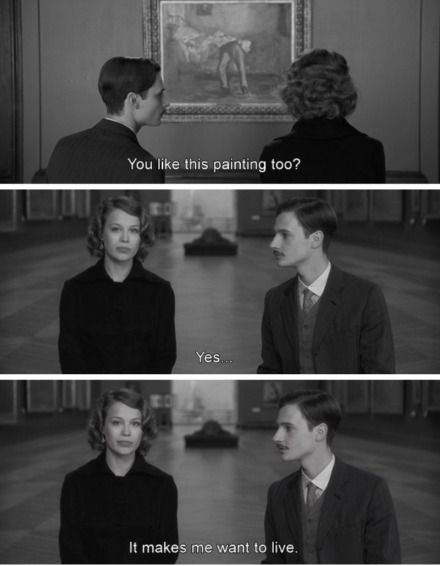

what art does for us
john berger and our faces, my heart, as brief as photos \\ larissa pham the limits of the viral book review \\ frantz (2016) dir. françois ozon \\ johann wolfgang von goethe the sorrows of young werther (tr. david constantine)
kofi
#on art#john berger#and our faces my heart as brief as photos#larissa pham#frantz#francois ozon#françois ozon#the sorrows of young werther#david constantine#von goethe#goethe#johann wolfgang von goethe
537 notes
·
View notes
Text
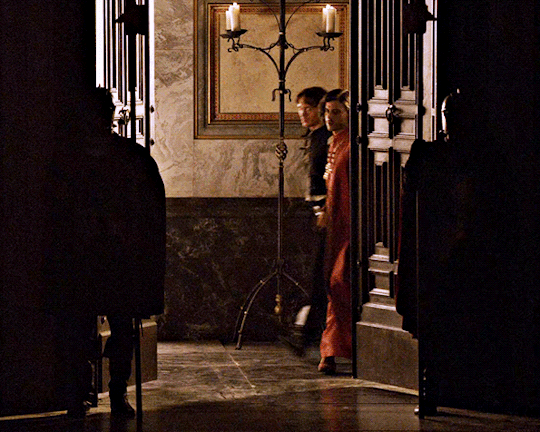

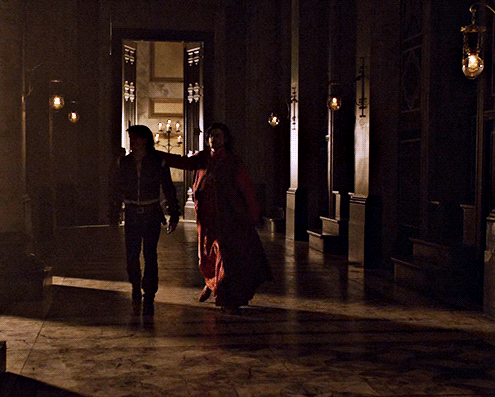
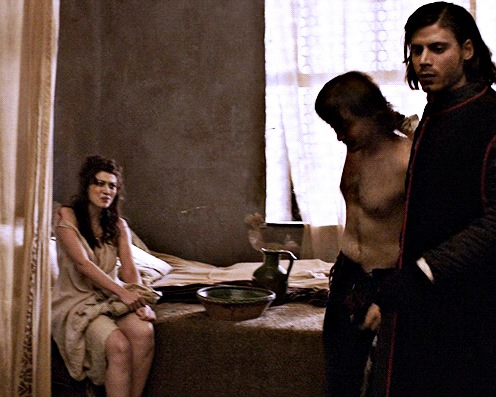
CESARE BORGIA + dragging his brother around
"You have a priest for a brother?."
#cringefail bros my beloveds#francois and david had such an electrifying chemistry#they became close instantly the first day on the borgias set. bonding over the godfather and all#till this day they're still interacting on instagram being goofy and david even invited francois to his podcast#juan's brattiness balances with cesare's leadership so damn well hello??? best brothers ever i'm sorry#it's the way they desperately tried to replace juan with alfonso in season 3 but they failed dramatically#he had nooooone of juan's charisma and devilish charm#they tried to parallel the scene where juan and cesare were sparring with swords to the one with cesare and alfonso's...#...yet again they failed dramatically. “did you ever love your brother?” “ i did! mightily.” was the only valid moment between them LMAOOOO#françois saying that he loves juan and cesare moments because they had “loving brotherly undertone under all of cesare's hard teaching"#yeah <3#david oakes#juan borgia#the borgias#theborgiasedit#perioddramaedit#francois arnaud#cesare borgia#juan and cesare#by jen
326 notes
·
View notes
Text



Je t'aime, Jean-François Mercier
#david tennant#david tennant in chairs#legs for days#just like all the limbs#Jean-François Mercier#spies of warsaw#good lord he's beautiful#curly hair david is a special treat#also he looks so sexy when smoking#it's gross in real but so delicious in fantasy#soft scottish hipster gigolo#playing a french military spy#with a British accent#the power of TV/movies!#honestly this show was super slow and boring but he's the right kind of sad and beautiful#the DT special as it were#i want to summit him#1930s fashion is a good look on him
82 notes
·
View notes
Text
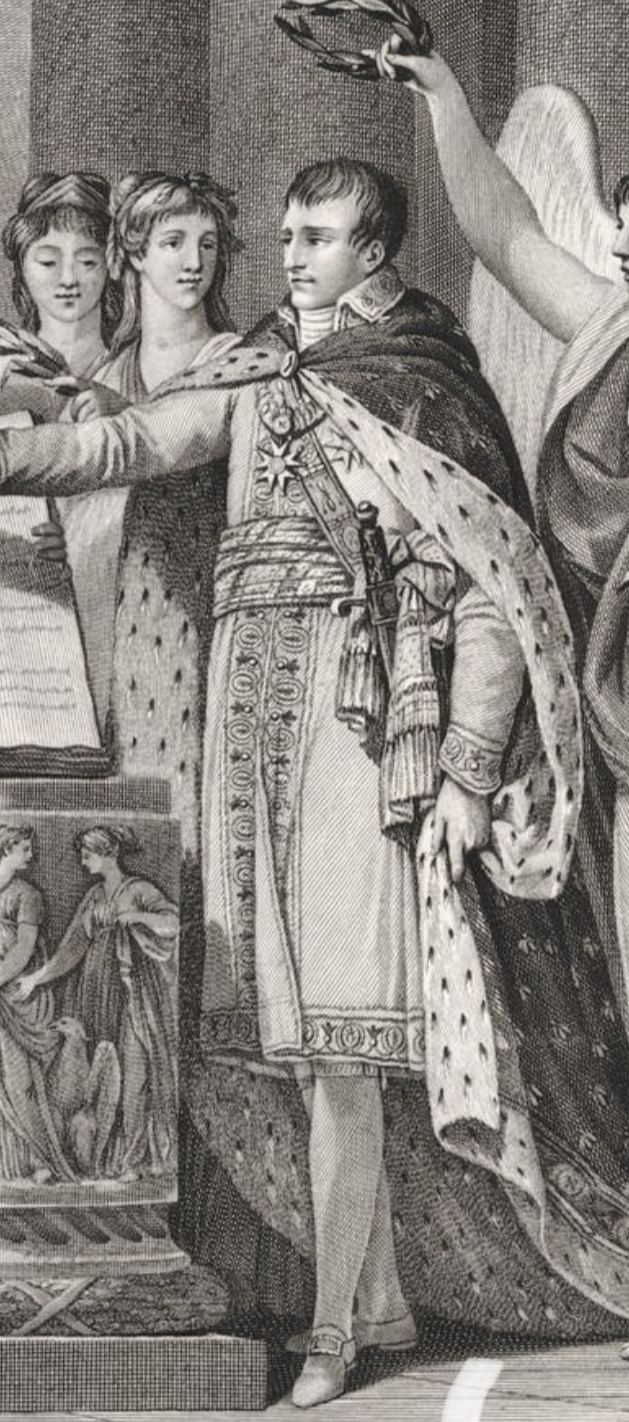
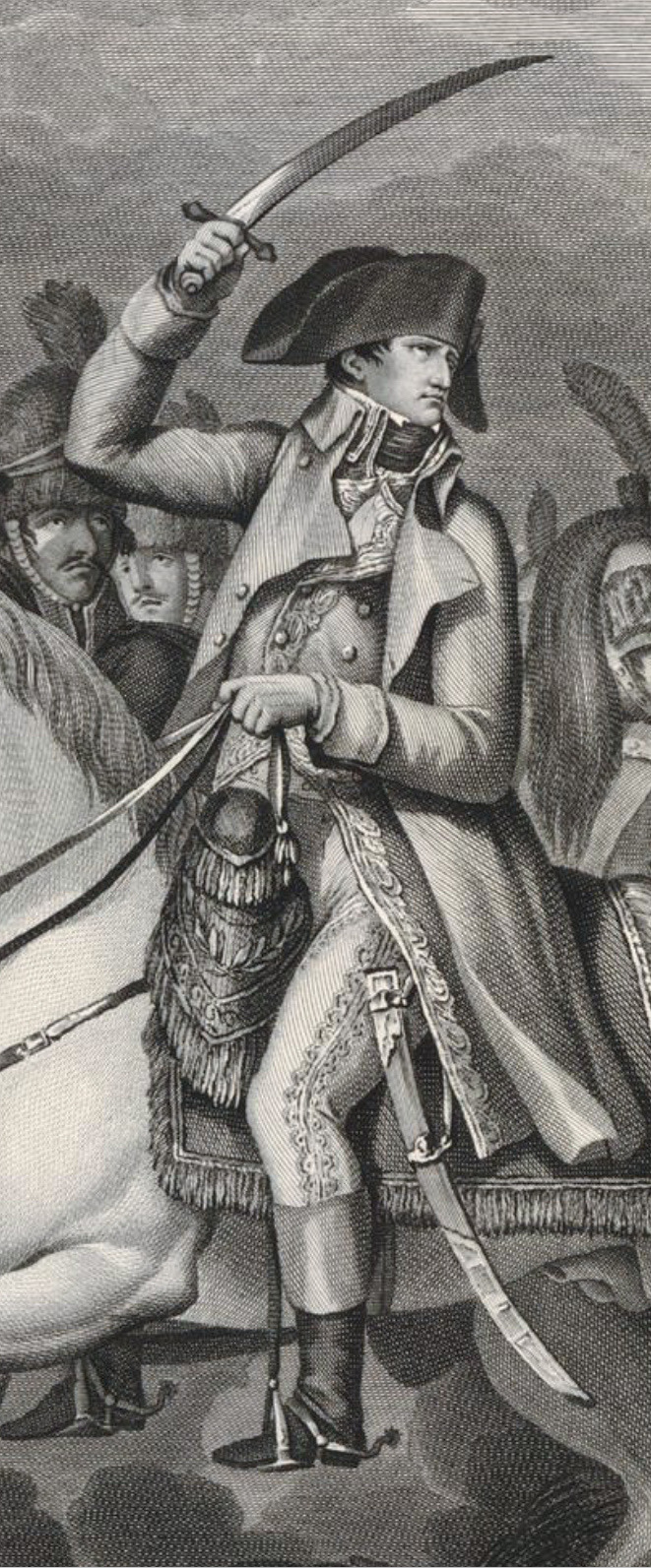
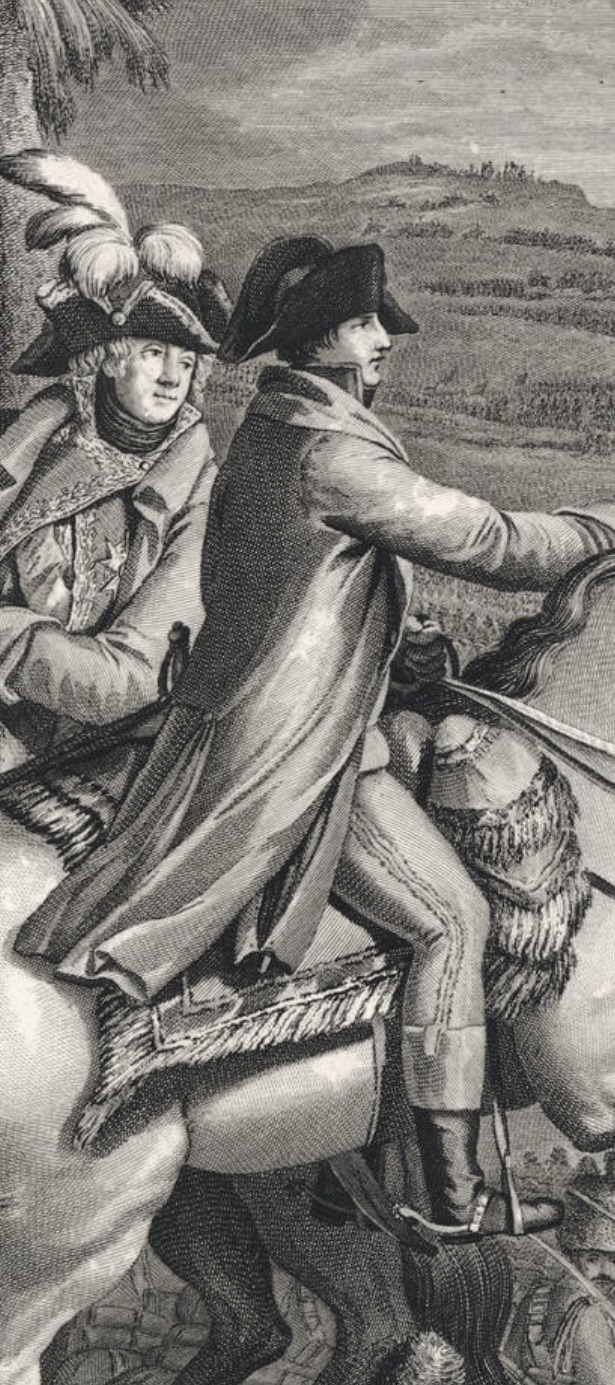
Prints of Napoleon from 1806, by François Anne David.
François Anne David was a French Printmaker born in 1741 and died on April 2, 1824.
Allegory of Napoleon’s Coronation, 1806
Napoleon at the battle of Marengo, 1806
Napoleon at the battle of Austerlitz, 1806
#François Anne David#David#Allegory of Napoleon’s Coronation#Marengo#coronation#Austerlitz#napoleon#napoleonic era#napoleon bonaparte#napoleonic#first french empire#french empire#prints#French#french history#France#printmaking#19th century#history#1800s
61 notes
·
View notes
Text
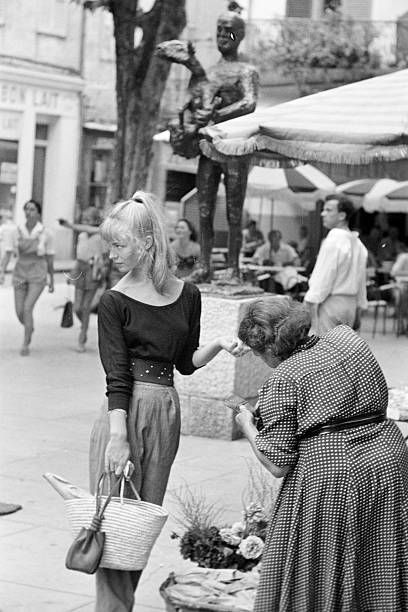
François Pages
Sylvette David (Picasso's muse)
In Vallauris 1948
65 notes
·
View notes
Text
youtube
Policy of Truth by Depeche Mode from the album Violator - Directed by Anton Corbijn
#music#depeche mode#martin lee gore#martin gore#martin l. gore#alan wilder#dave gahan#david callcott#andy fletcher#flood#mark ellis#françois kevorkian#goh hotoda#peter iversen#steve lyon#pino pischetola#video#music video#anton corbijn#david gahan#Youtube
40 notes
·
View notes
Text

US Vogue April 1984
Kim Williams wears the very tight two-piece from Oscar de la Renta which dresses a looser top, a longer skirt cut on the bias which plays with patterns, stripes and checks, white on black. Flax. Hair, Garren for Garren, NYC. ; makeup, François Nars. Editor Polly Mellen.
Raincoat, Fairbrooke.
Bracelets, Robert Lee Morris.
Hublot watch, Petochi & Gorevic.
Belt, Anthony Ferrara.
Tights, Norma Kamali for Camp Hosiery.
Patent shoes, Joan & David.
Luggage, Bottega Veneta.
Kim Williams porte le deux pièces très serré d'Oscar de la Renta qui habille un haut plus ample, une jupe plus longue coupée en biais qui joue avec les motifs, les rayures et les carreaux, le blanc sur le noir. Du lin. Coiffure, Garren pour Garren, NYC. ; maquillage, François Nars. Editrice Polly Mellen.
Imperméable, Fairbrooke.
Bracelets, Robert Lee Morris.
Montre hublot, Petochi & Gorevic.
Ceinture, Anthony Ferrara.
Collants, Norma Kamali pour Camp Hosiery.
Chaussures vernis, Joan & David.
Bagage, Bottega Veneta.
Photo Irving Penn
vogue archive
#us vogue#april 1984#fashion 80s#spring/summer#printemps/été#oscar de la renta#kim williams#irving penn#polly mellen#françois nars#garen nyc#fairbrooke#robert lee morris#petochi & gorevic#anthony ferrara#norma kamali#camp hosiery#joan & david#bottega veneta#vintage vogue#vintage fashion#ready to wear#prêt à porter
10 notes
·
View notes
Text


19 notes
·
View notes
Text
Jean- David Nau aka François l'Olonnais - the horrible Buccaneer
Jean-David Nau (c. 1635?- 1670?), known as François l'Olonnais or Fleau des Espagnoles, was considered as one of the most terrible Buccaneers of the 17th century.
Alexandre Olivier Exquemelin ( Exquemelin came to the islands as an indentured servant. From his last master, he learned the skills of a surgeon and later sailed with Henry Morgan), whose book De Americaensche Zee-Rovers, published in 1678, is one of the most important source works on the history of piracy in the Caribbean, describes in the second part of his book the life of L'Olonnais, who was born in the harbour town of Les Sables-d'Olonne in the Bas-Poitou on the French Atlantic coast of unknown date but presumably around 1635, and is regarded as the source for him and his work, but what actually happened should be regarded with caution, even though his statements may well be more trustworthy than others.

François l'Olonnais (x)
After L'Olonnais had come to the Caribbean as an indentured servant at a young age and served his time, he came to the island of Hispaniola and after some time to the Buccaneers and became one of their leaders.
His apparently psychopathic character revealed itself on numerous occasions in the years that followed. When it came to obtaining information of any kind, he personally committed acts of bestial cruelty. One of his "preferences" was to hack his victims to pieces alive with a sabre or loveed it to burn his victims or cut out their tongues or hearts.
He received his first command from the governor of Tortuga, Monsieur de la Place. After some time, l'Olonnais was shipwrecked near Campeche in the Gulf of Mexico. A group of Spanish soldiers attacked him and his crew, killing almost the entire crew. L'Olonnais himself survived by smearing himself with the blood of the others and hiding among the dead. After the Spaniards left, he escaped with the help of some slaves and set off in a boat for Tortuga, where he obtained another boat by trickery. Shortly afterwards, he and his crew took the inhabitants of a small town on the north coast of Cuba hostage and demanded a ransom from the Spanish crown. The governor of Havana sent a ship to kill l'Olonnais' troop. However, the ship fell into the hands of the pirates. L'Olonnais had all but one of the crew beheaded. The man who was spared was to bring a message to Havana in which l'Olonnais declared that from now on he would show no mercy to any Spaniard.
In 1667, l'Olonnais set sail from Tortuga with a fleet of eight ships and a crew of 1,600 pirates to plunder Maracaibo. On the way there, he encountered a Spanish treasure ship off Hispaniola, which he successfully captured. In the process, he brought in rich booty of cocoa, precious stones and more than 40,000 pesos in silver. A second Spanish ship fell into his hands without a fight, along with ammunition, gun powder and 12,000 pesos.
At that time, access from the Gulf of Venezuela to the lake of Maracaibo (and thus to the city itself) was secured by a fortress with 16 cannons. However, L'Olonnais attacked the fortress from the unfortified land side and captured the city. The pirates then proceeded to loot the town, but found that most of the inhabitants had fled and hidden their gold. The pirates tracked down the inhabitants and tortured them until they revealed the hiding places of their possessions. For weeks, the pirates raped, tortured and harassed the townspeople. They removed the cannons from the fortress and destroyed almost the entire city fortifications to allow for a quick retreat. The pirates then turned south towards the village of Gibraltar (Zulia), on the southern shore of Lake Maracaibo, to plunder it too, because many of the town's inhabitants had fled there with their goods.
Although the pirates were outnumbered, they overpowered the garrison of Gibraltar, which is said to have consisted of around 500 soldiers, plundered the village and retreated back to Maracaibo. They demanded a ransom of 20,000 silver pesos and 500 cows and oxen for their departure. In total, they brought 260,000 silver pesos, precious stones, silverware, silk fabrics and a number of slaves in this raid, which they divided among themselves. The damage done in this way was so great that the city, which had previously been a major centre for the export of cocoa, almost ceased to exist.
Word of his attack on Maracaibo and Gibraltar reached Tortuga, and he was henceforth nicknamed "Plage des Spaniers" (French: Fléau des Espagnols). This made it easier for him to recruit participants for his next foray, and so later that year 700 pirates took part in his next attack on the Central American mainland. They headed for the coast of Nicaragua with Cabo Gracias a Dios, but drifted with the current into the Gulf of Honduras when there was no wind. After plundering Puerto Cavallo, l'Olonnais was ambushed by a large number of Spanish soldiers on the way to San Pedro, from which he narrowly escaped. He was, however, able to take some Spaniards prisoner. Exquemelin writes of this:
"He drew his sabre, and with it he cut open the breast of one of these poor Spaniards, and pulling out its heart with his blasphemous hands, bit and tore at it with his teeth, like a wild wolf, and said to the others: I will treat you likewise, if you show me no other way."
In fear of their lives, the surviving Spaniards showed him another way to San Pedro. However, L'Olonnais and his surviving men were repulsed and had to retreat to the ships. In the Gulf of Honduras, they ran onto a sandbank. Unable to get their ship free, they carpentered a new one from the remains, and eventually fell into the hands of the native population in the Gulf of Darién around 1670. Exquemelin writes that:
"they tore him to pieces alive, threw his body limb by limb into the fire, and his ashes into the air."
The seemingly fitting end for such a bestial man.
33 notes
·
View notes
Text
neil jordan: we will not take the incest route 🚫
françois arnaud: but it's all over the writing ⁉️
david oakes: actually juan wanted to be in a throuple with cesare and lucrezia ✌️
#neil kinda hilarious for not seeing the vision at first#and this is why the borgias cast stays supreme 🙏#they're all funny and they know their characters more than anyone#the borgias#cesare borgia#lucrezia borgia#juan borgia#neil jordan#david oakes#françois arnaud#the borgia siblings#text post
82 notes
·
View notes
Text

Audrey Tautou and François Damiens on the set of Delicacy (2011), David Foenkinos, Stéphane Foenkinos
#film#cinema#movies#photography#art#actors#delicacy#la délicatesse#audrey tautou#françois damiens#david foenkinos#stephane foenkinos#french cinema#2010s#2010s cinema#on the set#behind the scenes
17 notes
·
View notes
Text
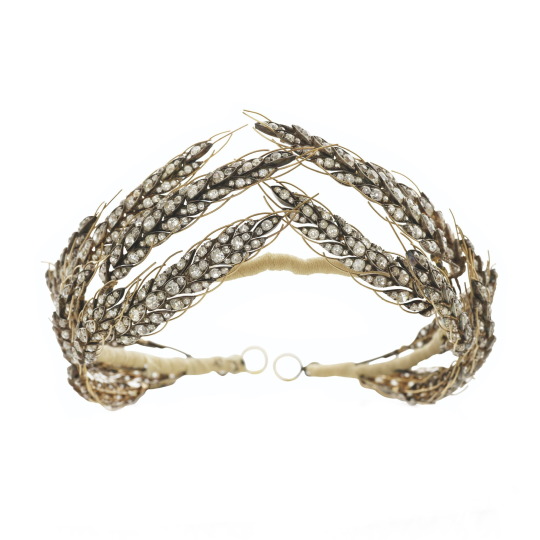
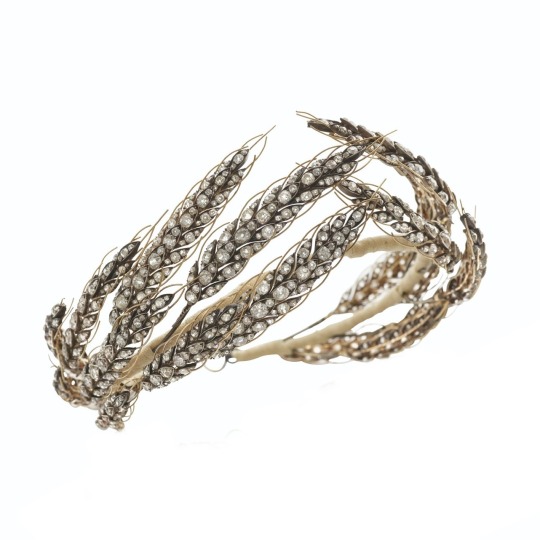
Diamond Ears of Wheat Tiara that belonged to Pauline Bonaparte, sister of Napoleon
François Regnault Nitot, 1811
Source: Christie’s

This is an example of the Ears of Wheat style that was really popular at the time. Pauline is 2nd from the left. Painting: Coronation of Napoleon by Jacques Louis David, circa 1804
#tiara#napoleonic era#19th century#empire style#empire#François Regnault Nitot#nitot#first french empire#french empire#jacques louis david#David#France#19th century art#art#jewelry#jewels#diamonds#diamond#fashion#style#french art#french#French fashion#premier empire#napoleon bonaparte#pauline bonaparte#napoleonic#1800s#luxury#luxury fashion
260 notes
·
View notes
Text
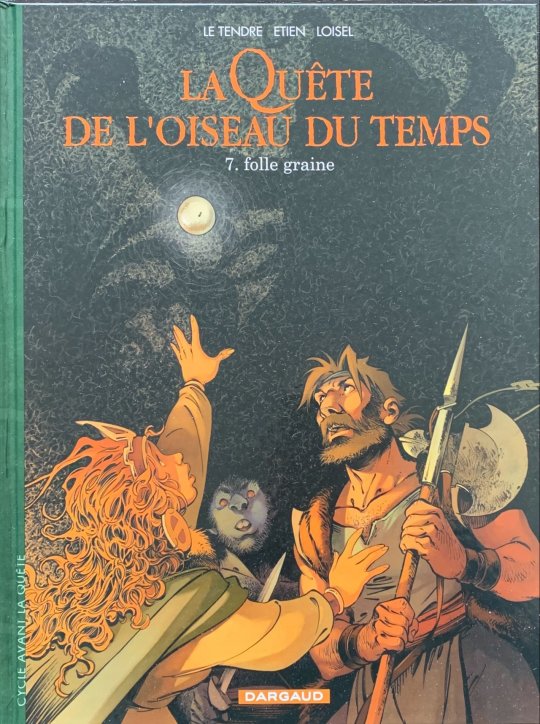

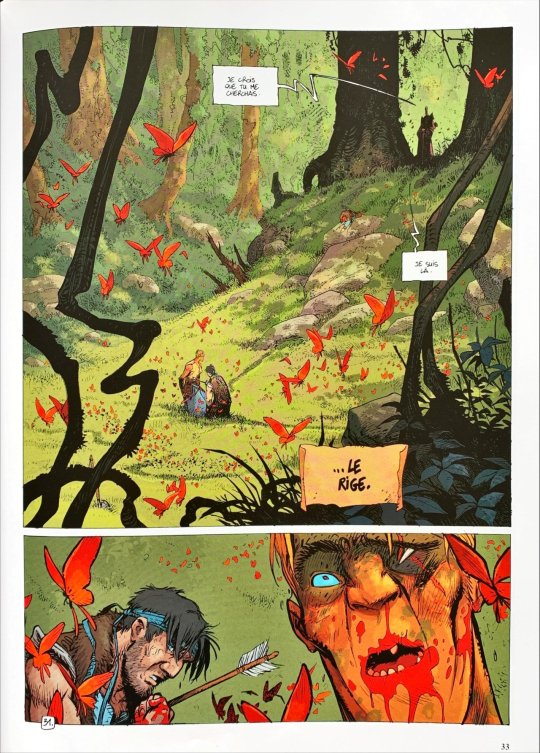
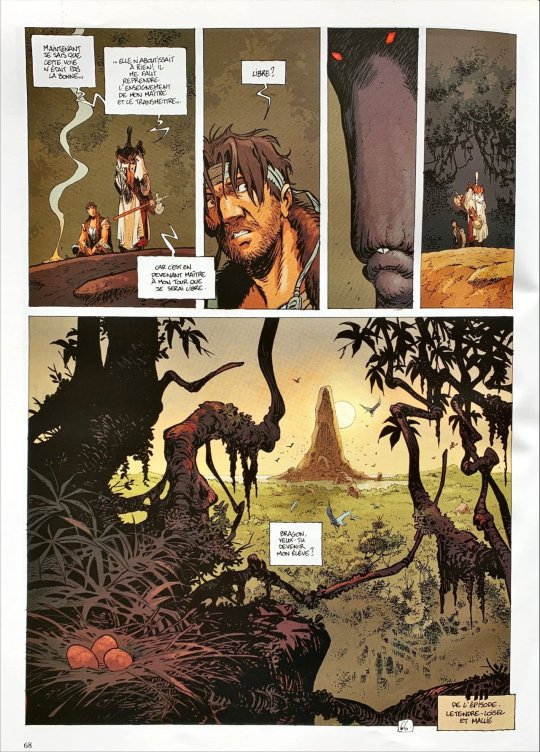
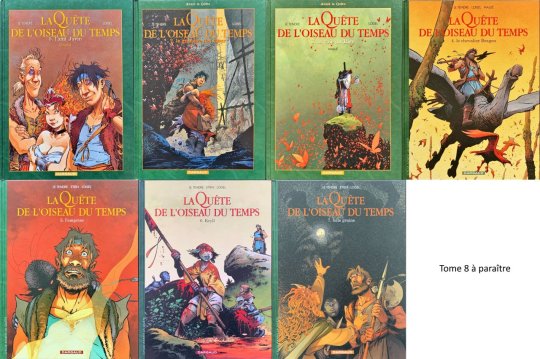
La Quête de l'oiseau du temps - Avant la Quête de Serge Le Tendre et Régis Loisel
En attendant le dernier tome du cycle Avant la Quête de La Quête de l'oiseau du temps, je viens de dévorer les 7 premiers. Un vrai bonheur que je n'avais pas ressenti en les lisant la première fois au fil de leur parution. Bragon est un fermier qui n'aspire qu'à une vie d'aventure. Il va réussir à devenir chevalier. Il devient le servant de la princesse-sorcière Mara qui semble être la seule en mesure de stopper l'implacable progression de la Secte du Signe. Bien qu'amoureux l'un de l'autre, les obstacles à leur union ne cessent de s'accumuler. Régis Loisel a rejoint Serge Le Tendre pour le scenario, passant la main pour les dessins à Lidwine, Mohamed Aouamri, Vincent Mallié, et David Etien. Sans oublier l'aide de Bruno Tatti, François Lapierre, et Annie Richard pour les couleurs. Découvrir
#bande dessinée#science-fiction et fantastique#Serge Le Tendre#Régis Loisel#Lidwine#Mohamed Aouamri#Vincent Mallié#David Etien#Bruno Tatti#François Lapierre#Annie Richard
2 notes
·
View notes
Photo
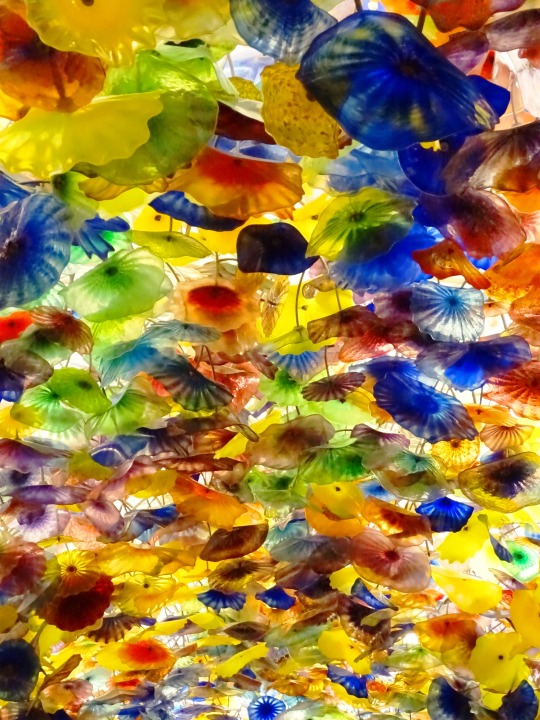

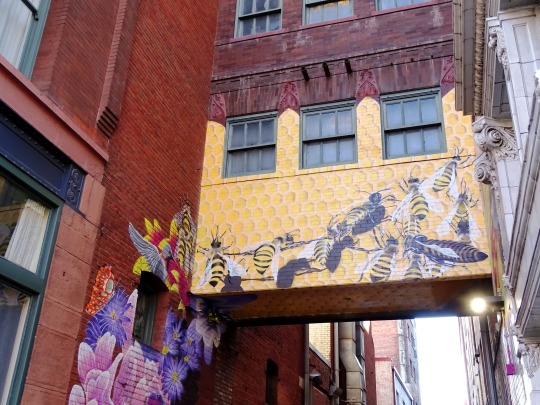




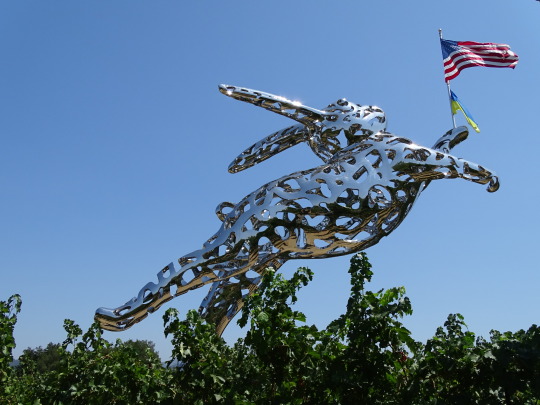


World Art Day
World Art Day is celebrated every year on April 15. All around the world, people have their definitions for what they consider to be art. Different cultures have different tastes and styles. This holiday is used as an opportunity to promote the development of art. It encourages people to take the time to notice the beautiful things around them. With our busy schedules, people don’t always have the time to go to art galleries. A yearly reminder about beauty helps people relax and just enjoy experiencing the world. It shares knowledge, sparks curiosity, and leads to very interesting conversations.
History of World Art Day
World Art Day was declared on April 15 at the General Assembly of the International Association of Art. The first celebration was in 2012. The date was chosen to honor the birthday of the famous Leonardo da Vinci. Da Vinci represents tolerance, world peace, freedom of expression, and multiculturalism. The first world art day was supported by all the International Association of Art (I.A.A.) national committees. There were 150 artists from countries all over the world to ensure inclusion. There were conferences and special museum hours. Outdoor art exhibitions were held to display paintings, prints, sculptures, videos, and more.
Art comes in different forms and categories. Art can be architecture, music, painting, sculpting, dance, or literature. Cinema is also considered art. It is a way for people to express themselves through creativity. True art is simply an expression of emotion. It represents the artist’s view of the world and how they feel about it. Art communicates how similar we can be and also how different. People get their meanings of art when they experience it. Their perceptions are usually based on their personal experiences in life.
World Art Day is a great reminder to help people notice the beauty around them. It reminds people to express themselves fully. We are all full of emotions and should be allowed to show them without fear. The goal is to facilitate the sustainable development of art. With enough support, artists can continue to portray beauty.
World Art Day timeline
1948 The I.A.A. is Born
The International Association of Art is founded in Beirut.
1954 The I.A.A. Becomes Independent
The International Association of Art becomes an independent organization and a UNESCO partner.
2012 World Art Day is Founded
The first World Art Day takes place in Guadalajara on April 15.
2013 World Art Day is Held in South Africa
World Art Day is celebrated by Mbombela municipal art museum in South Africa
World Art Day FAQs
Can anyone create art?
Anything that was created from the imagination as an expression of emotion is considered art. Art can be made by anyone.
Is cooking an art?
Cooking can be considered an art form. A cake, for example, can be considered a beautiful work of art.
Which cities are known for art?
Cities like Rome, Paris, Vienna, and Jerusalem are well-known for their arts and culture. Florence, Mexico City, Venice, London, Barcelona, and Lagos are also known for art.
World Art Day Activities
Create some art
Visit an art museum
Watch a great movie
You can get in touch with your creative side. You can write, draw, paint or take photographs.
There are many art museums and galleries that you can visit. They carry many beautiful art pieces that you can buy or just enjoy looking at.
Movies are considered to be a form of art. Enjoy a classic movie that tells a great story.
5 Fascinating Facts About Art
Art comes from the imagination
Art is a career field
Art can be a performance
Art helps the mind
Art is emotional
Humans use their creative skills and imagination to create something that others can see
Art has professional applications like fashion design, jewelry design, architecture, and wood crafts.
Performance arts include music, dance, and theater.
Art improves hand-eye coordination, strengthens focus, and teaches problem-solving.
Art can help people express complex feelings and emotions.
Why We Love World Art Day
Art is universal
Art is good for the health
Art opens the mind
Art can be understood by people all over the world. It has no language or border barriers.
Art is known to help increase motivation, build self-esteem, and improve holistic health.
Art helps people to see the world from a different point of view. It helps them get a new perspective.
Source
#Fiori di Como_Flowers of Como by Dale Chihuly#Denver#Paradise#travel#The Buzz by Bobby Magee Lorenz#Bad Decision by Vic Payne#Bliss Dance by Marco Cochrane#Garden Plot by Nick Cave#St. Helena#Alamosa#Durango#Bunny Foo Foo by Lawrence Argent#Agneau by François-Xavier Lalanne#Chicos and Capulin by David Montgomery#Tonopah Mural by Josh Scheuerman#World Art Day#15 April#WorldArtDay#original photography#tourist attraction#ArtHistoryDay
4 notes
·
View notes
Text
Capturing Brilliance: 1000 Portraits of Genius Illuminate the World
Capturing Brilliance: 1000 Portraits of Genius Illuminate the World
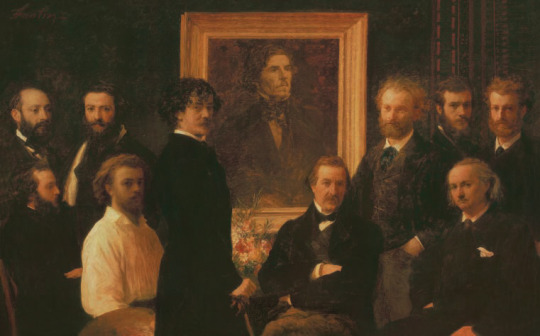
View On WordPress
#1000 Portraits of Genius#Albrecht Dürer#Amedeo Modigliani#Anthony van Dyck#Arcimboldo#Art#Art History#book#Caravaggio#Chuck Close#ebook#Edgar Degas#Fra Angelico#François Boucher#Frans Hals#Gainsborough#Gauguin#Genius#Goya#Gustav Caillebotte#Gustave Courbet#Hans Holbein#Hans Memling#history#Hopper#Jacques-Louis David#Jean Fouquet#Jean-Auguste-Dominique Ingres#John Constable#kindle book
2 notes
·
View notes